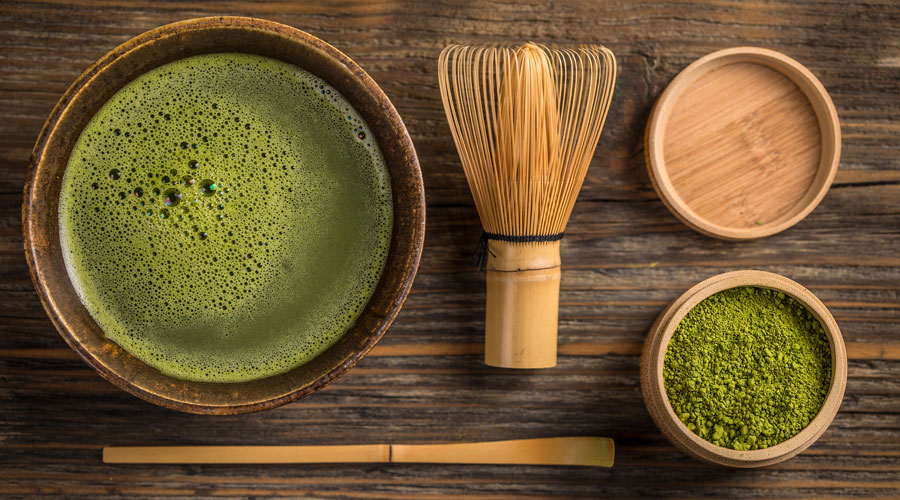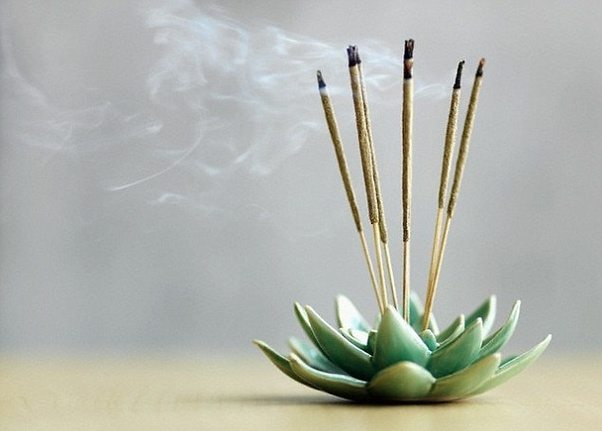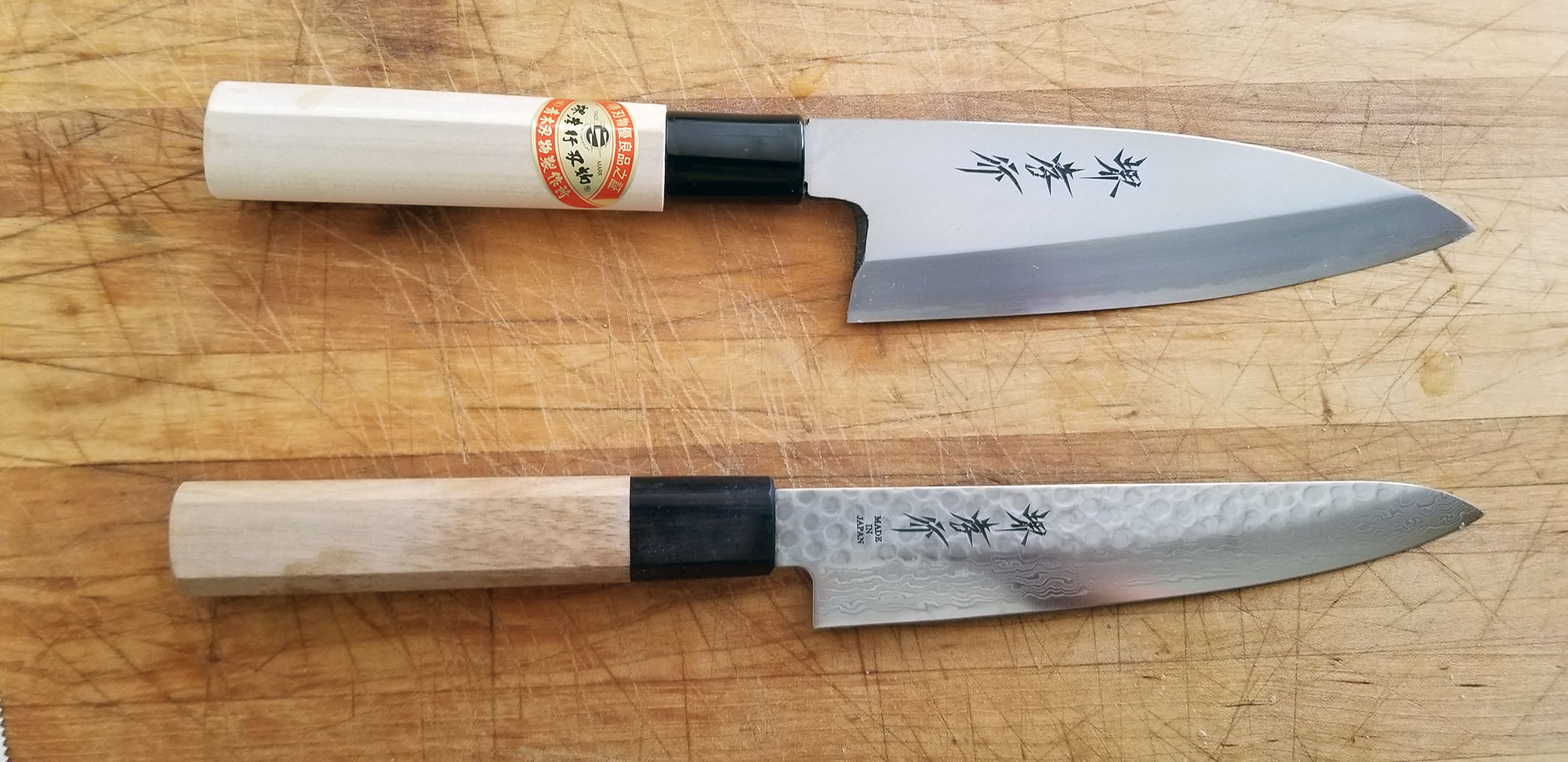The trade started after the Ming Dynasty of China arrived at Sakai’s port in 1469. Foreign culture and technology were introduced, which helped Sakai develop its own unique culture and industry.
European countries started trading with Japan from 1550 in order to obtain Japanese silver. Sakai, having become an International hub where people, information and goods are concentrated , came to be called” the Venice of the East”
Sakai as a city of craftsman now. Many craftsmen are working hard to preserve and develop their inherited traditions for future generations.
1. in 1615, Sakai was razed to the ground by fire due to the ” summer campaign of the siege of Osaka”
2. in 1635, the port was closed due to Japan’s isolation policy that lasted 200 years.
3. During World War II, Sakai suffered catastrophic damage by bombing.
Sakai has overcome those unfortunate events and developed new industries.

The development of "wabi-sabi"culture. During 1500s, Senno Rikyu transformed the practice of drinking tea into the art of tea ceremony. Its essential spirit is that tea must be appreciated in a "wabi-sabi"(quiet, subdued, and refined)atmosphere.
Merchants invested a large amount of money on tea utensils and valued them highly.
Three cornerstones of community, hospitality and association.

Sakai is a birthplace of the Japanese incense stick. In the 1500s, its production techniques were introduced to Japan from China. As a hub of commerce and trade, Sakai had easy access to the raw materials such as aromatic woods imported from overseas.
Sakai's incense sticks are used as an aromatic for indoors or as a treatment for medical purposes.

Iron industries, especially swordsmithing, developed rapidly after the import of iron that started in the 500s.
Sakai's knives are admired by people across the world due to their quality and durability.